Share
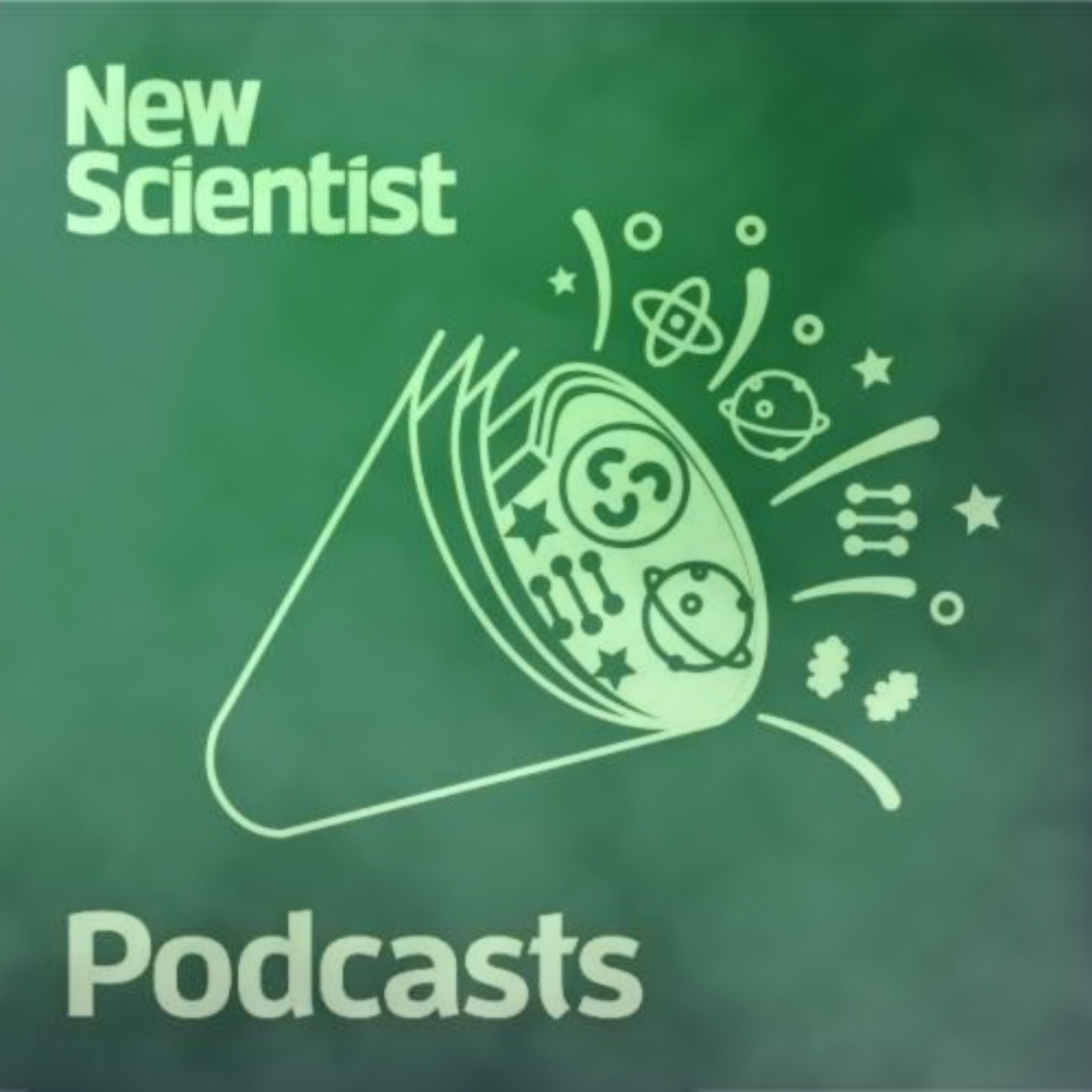
New Scientist Podcasts
Science of cannabis: #3 The weed of the future
Cannabis is one of the oldest products of human cultivation. And as it becomes increasingly legal for medical and recreational use around the world, its popularity is growing as well – even as researchers, limited by government prohibitions of the past and present, race to understand how the hundreds of chemicals in pot actually affect us and what the benefits and risks may be.
But the object of all this research is itself changing: cannabis consumed today is more than ten times more potent than pot of the past. And even as we begin to understand the breathtaking environmental costs of cultivation – both legal and illicit – we’re already finding ways we might harvest its benefits without even growing a single plant.
In the final episode of this three-part special series on the science of cannabis, Christie Taylor visits what the future may hold for hemp and how this plant fits into society writ large. From meaningful regulation of driving while stoned to tweaking that distinctive but controversial skunky odor and the high tech promise of making CBD in yeast.
Learn more: The team at New Scientist investigates cannabis and the brain, the environmental cost of growing cannabis and other questions in this special reporting series. Visit newscientist.com/cannabis
More episodes
View all episodes
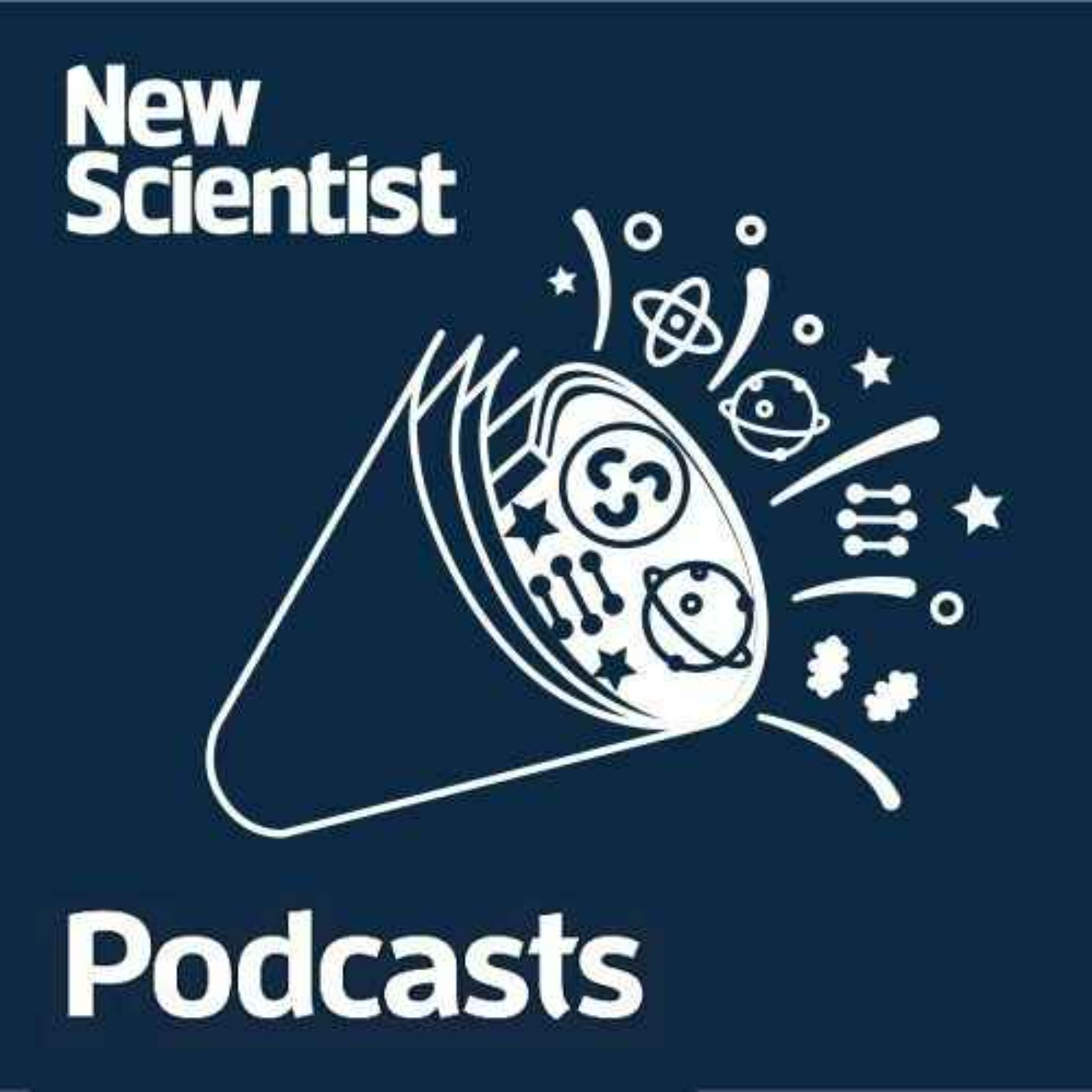
260. Weekly: Shocking source of deep sea oxygen; Alcohol really is unhealthy; ‘Green’ plastic downsides
31:54#260Most of us imagine plants when we think about the production of oxygen. But turns out, in the deep sea, metal-rich rocks also seem to generate oxygen. This surprising discovery suggests they may have a much more important role in their ecosystem than we originally thought – and is fueling more calls to ban deep sea mining, which would target these same rocks. Drinking a glass of wine once in a while can’t be that bad, right? Over the decades we heard that drinking a little alcohol might reduce your risk of heart disease, and even make you live longer, but a new review of the research has found serious flaws in these studies. So what’s going on with alcohol and our health?Physicists have been crashing atoms together for decades, in the hopes of creating heavier and heavier elements. And now, a new method to make the rare, super-heavy element livermorium may also pave the way towards making the elusive element 120, unbinilium. If successfully created, it would be the heaviest element on the periodic table. So what is this new method?Some disheartening news: our attempts to be more environmentally friendly might still make some things worse. Biodegradable plastics appear to damage soil and hinder plant growth more than conventional ones. What’s going wrong?Plus: How AI mathematicians are finally catching up to humans; how AI could spy on you through HDMI cables; and what caused the biggest cosmic explosion ever seen.Hosts Christie Taylor and Timothy Revell discuss with guests Madeleine Cuff, Michael Le Page, Karmela Padavic-Callaghan and Alexandra Thompson.To read more about these stories, visit newscientist.com.
8. Dead Planets Society: Can We Burn Uranus?
26:02What would it take to set Uranus ablaze? Is it even possible to burn it in the typical sense? If anyone can figure it out, it's the Dead Planets Society.Join Dead Planeteers Leah and Chelsea as they invite planetary scientist Paul Byrne back to the podcast, to join in more of their chaotic antics. This mission is less about destruction (though it’s definitely also about destruction) and more about advancing science. Uranus is an ice giant, one of the most common types of planets in the universe, so burning it could teach us a lot about the cosmos. The planet may also be full of diamonds - and the potential for treasure derails the team’s destructive intentions.Dead Planets Society is a podcast that takes outlandish ideas about how to tinker with the cosmos – from punching a hole in a planet to unifying the asteroid belt – and subjects them to the laws of physics to see how they fare.Your hosts are Leah Crane and Chelsea Whyte.If you have a cosmic object you’d like to figure out how to destroy, email the team at deadplanets@newscientist.com. It may just feature in a later episode.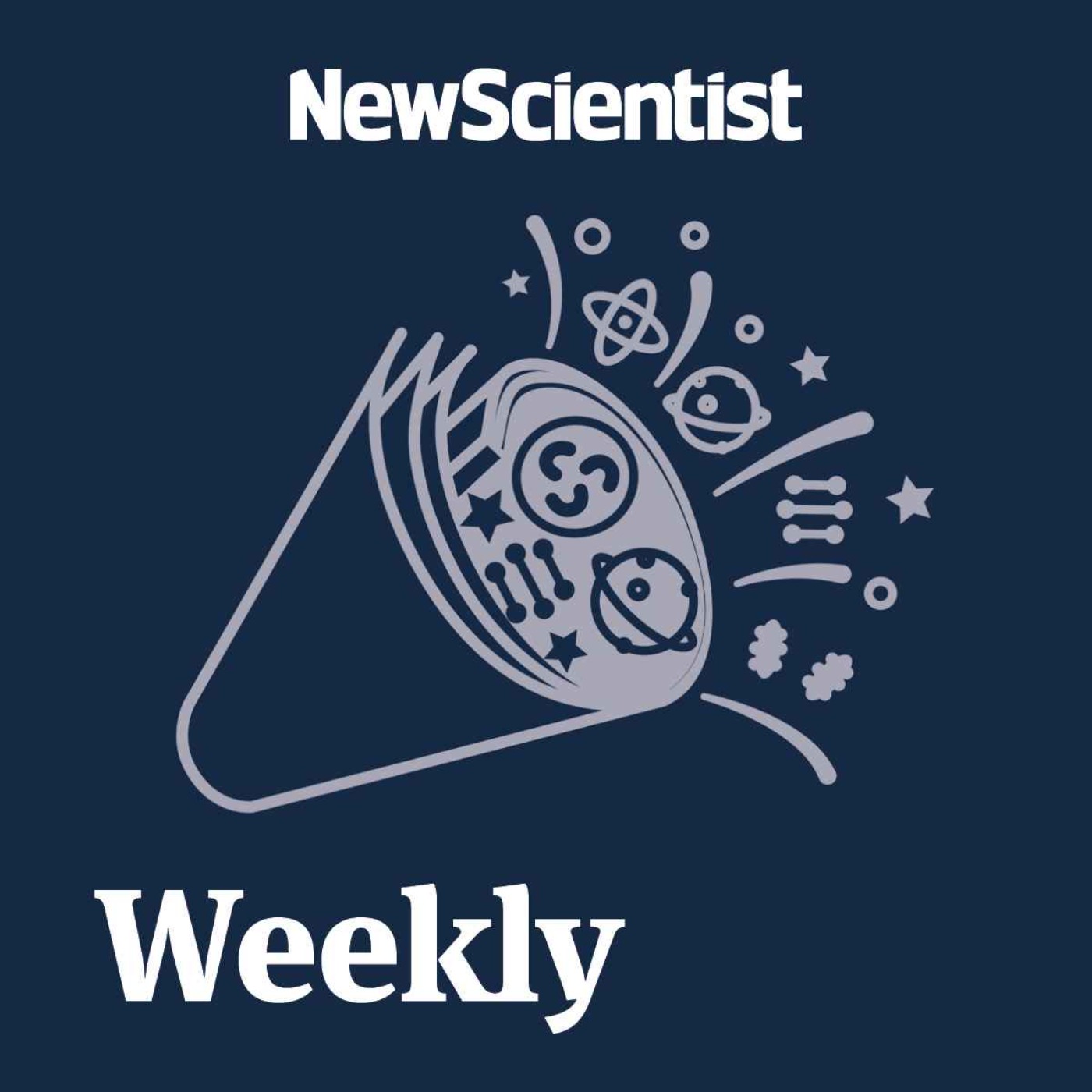
259. Weekly: New human cases of bird flu; Sail away to Alpha Centauri; Sea slugs hunt in packs
26:11#259More people in the US are getting bird flu. Though numbers are small – just five new cases, all mild – every new case is a reason for concern. How and why is it being transmitted – and how is it being monitored?What if you could make a sailboat that’s pushed not by wind, but lasers? Breakthrough Starshot is a mission attempting to send a spacecraft to our nearest star system, Alpha Centauri, using such a lightsail. While lightsail designs have been too expensive and unworkable so far, a new prototype is looking promising.Climate change is threatening a key part of the global climate system. The Atlantic Meridional Ocean Circulation (AMOC) system transports heat and salinity between the tropics and the poles. Scientists have ongoing concerns about its stability, but it’s now showing signs of potential collapse much sooner than expected. And if it does shut down, the knock-on effects would be drastic.What makes a planet a planet? Defining this is what knocked Pluto off planetary status, but now one researcher has proposed a new set of criteria. Is the new method useful – and does it change which objects are considered planets?Believe it or not – sea slugs hunt in packs. A species of sea slug has been seen ganging up on brown sea anemones to avoid its poisonous tentacles. How are they capable of teaming up like this?Hosts Rowan Hooper and Christie Taylor discuss with guests Grace Wade, Alex Wilkins, Madeleine Cuff and Sophie Bushwick.To read more about these stories, visit newscientist.com.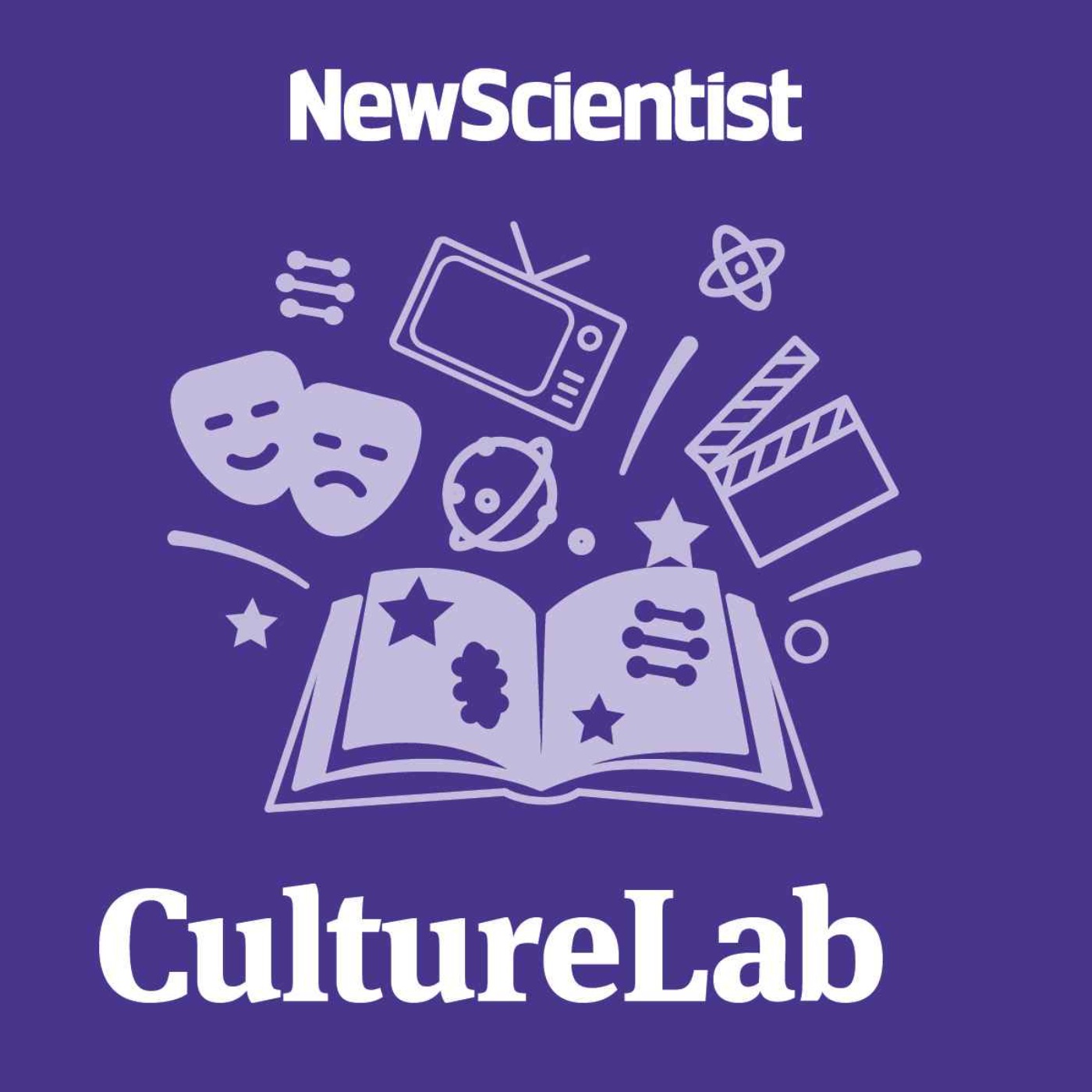
CultureLab: The incredible, intelligent abilities of plants with Zoë Schlanger
36:33What if we told you plants can hear and see? And memorise information? And track time to adapt their pollination techniques? And even look out for their family members? These are just some of the remarkable behaviours plants are capable of – many of which we’re only just learning about now. Science journalist Zoë Schlanger’s new book The Light Eaters will make you question everything you currently assume about the green life around us, and even what “intelligence” can mean. In this episode, Schlanger walks us through some of the incredible abilities and behaviours plants employ to not only survive, but thrive – from orchids sexually deceiving wasps, to shape-shifting vines that flew under the radar of researchers for decades. And, she suggests, it might be time to rethink how we do science to accommodate the seemingly endless adaptability of plants. To read about subjects like this and much more, visit newscientist.com.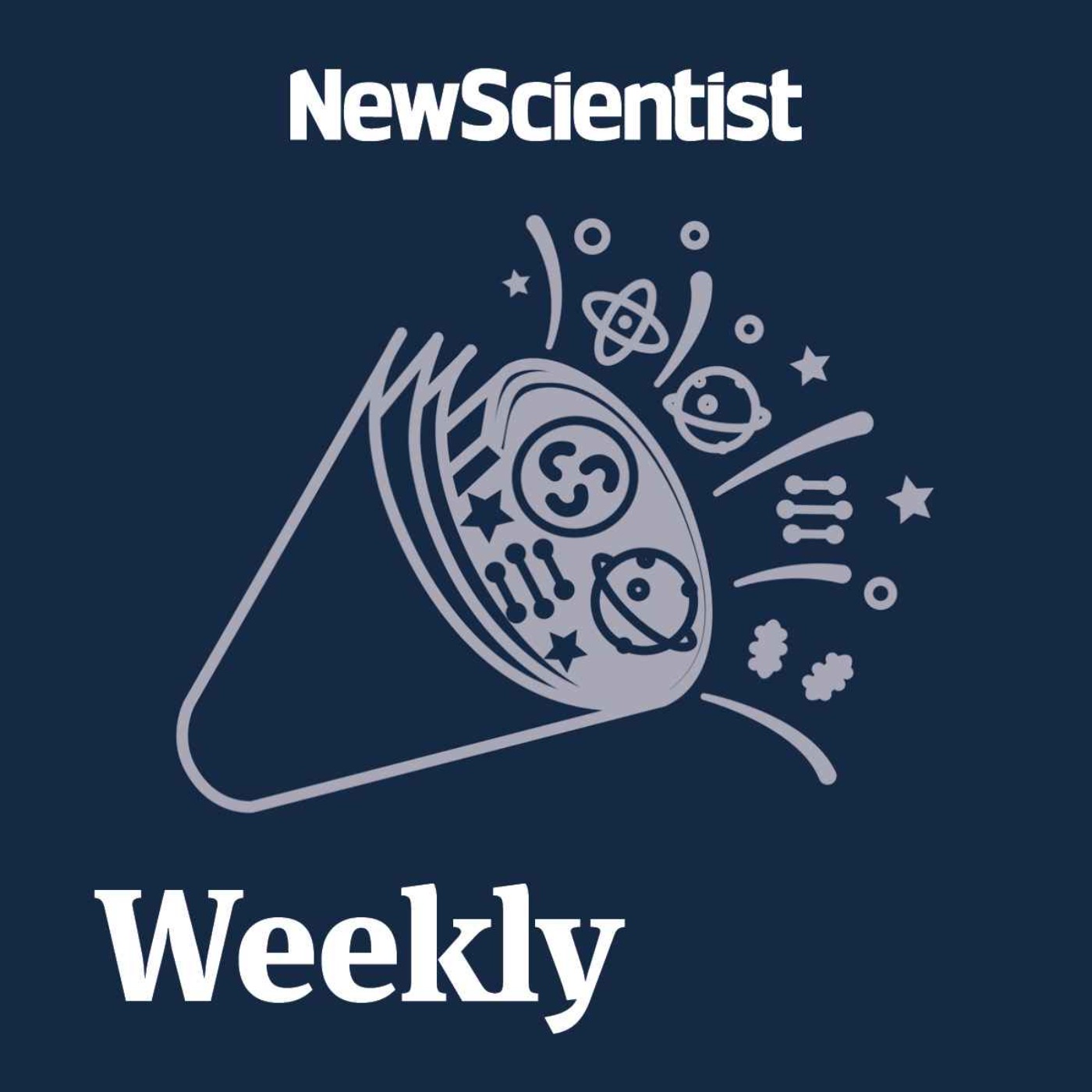
258. Weekly: Woolly mammoth jerky; Google simulates the origin of life; food without farming
31:46#258Fancy a bite of woolly mammoth jerky? A beef-jerky-like fossil of this prehistoric creature has been discovered – a metre-long piece of skin still covered in hair. And the most amazing thing is that the entire genome has remained intact, giving more insight into these creatures than ever before. Could this help bring woolly mammoths back to life?There is a way to make butter not from cows, not from vegetable oils or even microbes, but from pure carbon. And if you want a climate friendly way of producing a delicious spreadable fat, this may just be it. A company called Savor is using a process that can convert captured CO2 or natural gas into fatty acids. The origin of life is a huge scientific mystery: how can something so complex emerge from inert and random molecules? Well, Google has created a simulation to figure this out. The company has used computer code to recreate the random ‘primordial soup’ of early Earth, with results that might baffle you. When mammals breastfeed, calcium is stripped from their bones to make the milk, but their bones don’t get significantly weaker. How does that work? Well, a new, bone-strengthening hormone found in mice may have finally solved the long-standing mystery – and could benefit human health.Plus: How our pupils change size with every breath; how cosmic rays could help protect financial markets; and how ancient Denisovan DNA may have helped the people of Papua New Guinea adapt to their environment.Hosts Timothy Revell and Christie Taylor discuss with guests Corryn Wetzel, Madeleine Cuff, Matthew Sparkes and Grace Wade.To read more about these stories, visit newscientist.com.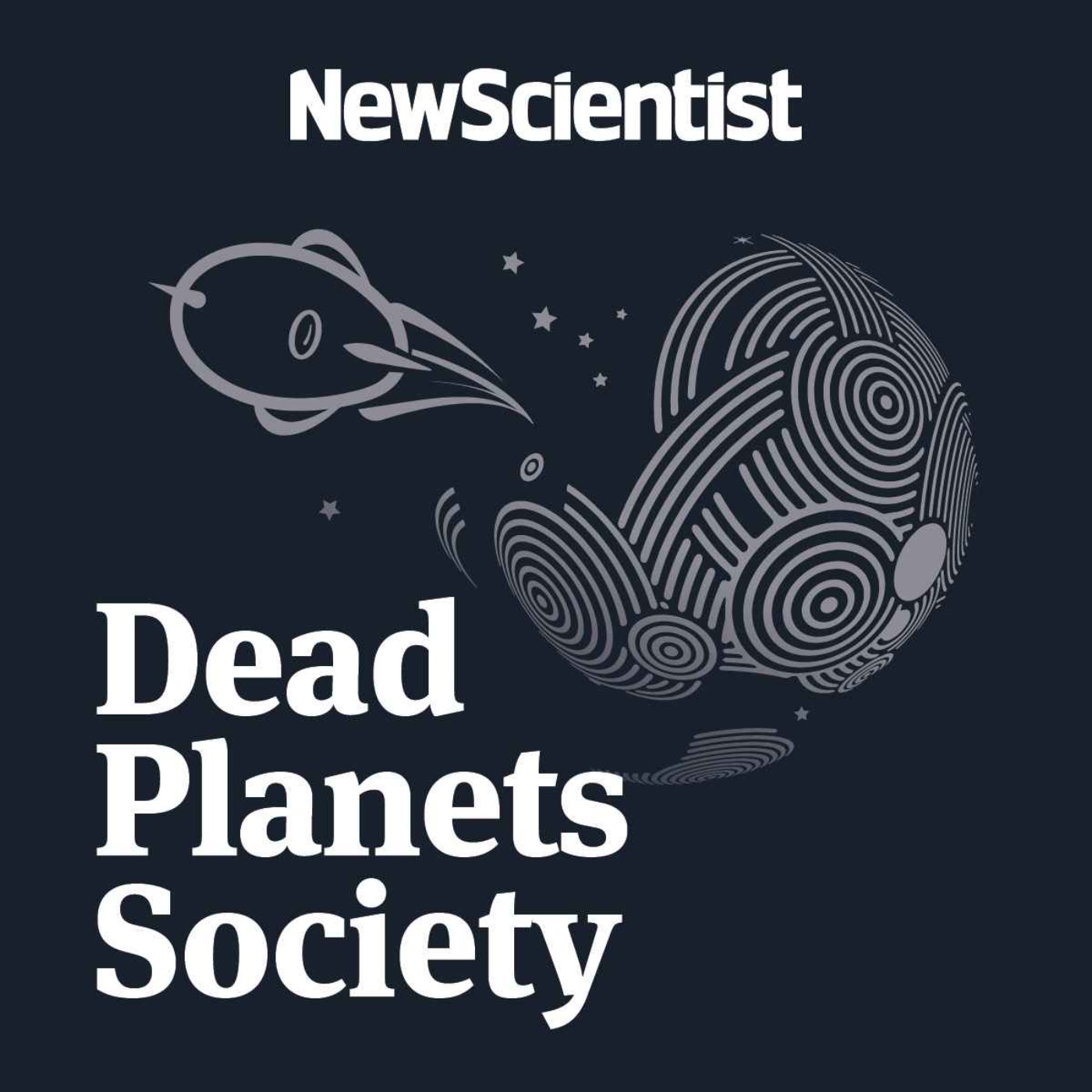
7. Dead Planets Society: Putting Black Holes Inside Stuff
24:14Primordial black holes are tiny versions of the big beasts you typically think of. They’re so small, they could easily fit inside stuff, like a planet, or a star… or a person. So, needless to say, this has piqued the curiosity of our Dead Planeteers.Leah and Chelsea want to know, can you put primordial black holes inside things and what happens if you do? Black hole astronomer Allison Kirkpatrick at the University of Kansas is back to help them figure this one out. And it turns out, despite being very small, these black holes are incredibly heavy, so ingesting and/or hugging them seems firmly off the cards - much to Chelsea’s displeasure.Dead Planets Society is a podcast that takes outlandish ideas about how to tinker with the cosmos – from punching a hole in a planet to unifying the asteroid belt – and subjects them to the laws of physics to see how they fare.Your hosts are Leah Crane and Chelsea Whyte.If you have a cosmic object you’d like to figure out how to destroy, email the team at deadplanets@newscientist.com. It may just feature in a later episode.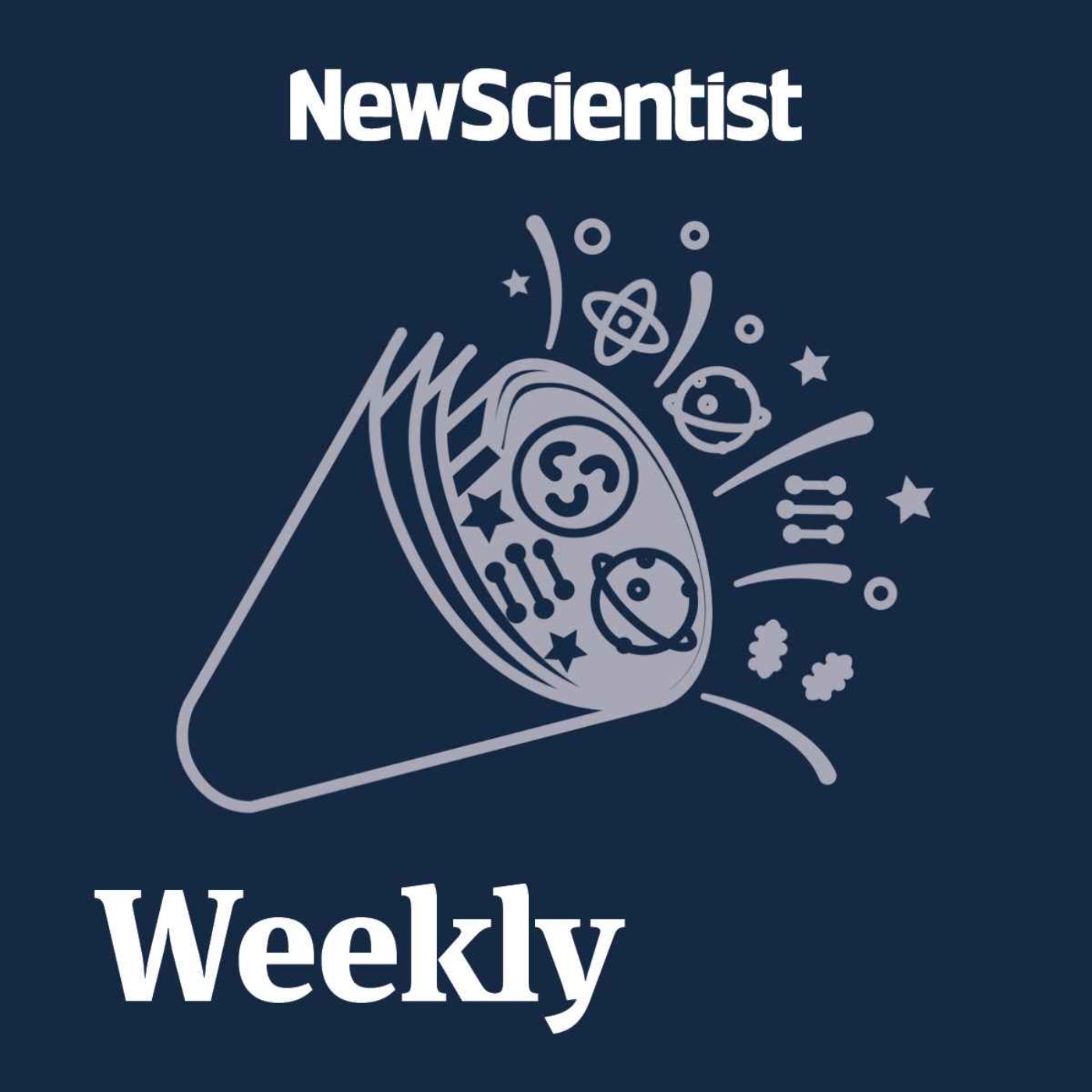
257. Weekly: World’s Oldest Ritual; Quantum Wi-Fi; Report from the Arctic
33:43#257Two extraordinary findings have been unearthed about our ancient ancestors. The first is a discovery from a cave in Australia – evidence of what could be the world’s oldest ritual, practised continuously for 12,000 years. And the second is the discovery that the world’s oldest evidence of storytelling may be even older than we thought.We may be able to mine for nickel using flowers. The method is much more sustainable than traditional mining and is actually being used by some companies. Is it enough to turn mining green?Quantum communication is going wireless. The new chip responsible for this quantum Wi-Fi is a huge step forward for the technology and could speed up the creation of safer, unhackable internet networks.From onboard a kayak roaming the Arctic Ocean, Rowan Hooper brings a report from his trip to Svalbard, where he saw first-hand the retreating glaciers that have been melting rapidly due to climate change. As these glaciers disappear, soil is being exposed for the first time. What impact is this having on the landscape? Rowan speaks to arctic biogeochemist James Bradley of Queen Mary University, London.Plus: The first non-human animal to perform medical amputations; giving the moon a time-zone; and how eggshells can help regrow broken bones.Hosts Timothy Revell and Christie Taylor discuss with guests James Woodford, James Dinneen, Karmela Padavic-Callaghan, Rowan Hooper and James Bradley.To read more about these stories, visit newscientist.com.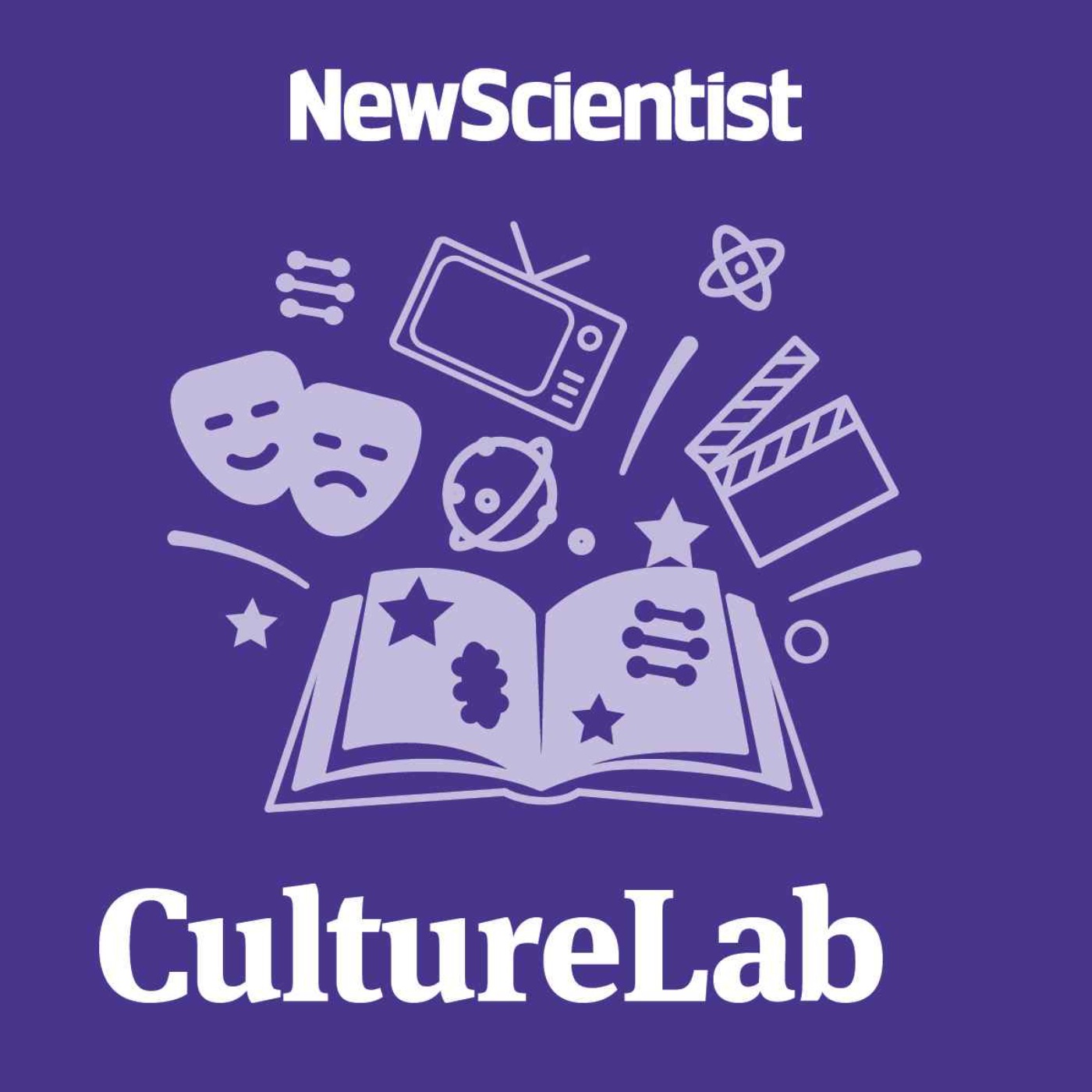
CultureLab: Sonifying Mars, symphonically, with David Ibbett
37:35Despite humans having never set foot on Mars, scientists have been working for decades to paint a picture of life on the red planet. With the help of photos and videos from robotic rovers, scientists now know more than ever about its rocky terrain, early history and current climate.Now, experts are painting a fuller picture of the dusty planet by using audio recordings captured by these rovers. Composer David Ibbett has used that data in epic fashion: to create an immersive concert that harnesses the sounds of Mars and transforms them into musical instruments and melodies. In this episode, Ibbett explains to host Bethan Ackerley how ‘Mars Symphony’ includes the real sounds of Mars’ winds, dust devils and seismic rumbles and takes the audience on an interplanetary journey through the past, present and future of the red planet. Still curious? Attend an upcoming performance or experience the music of Mars from your computer, at MarsSymphony.com.To read about subjects like this and much more, visit newscientist.com.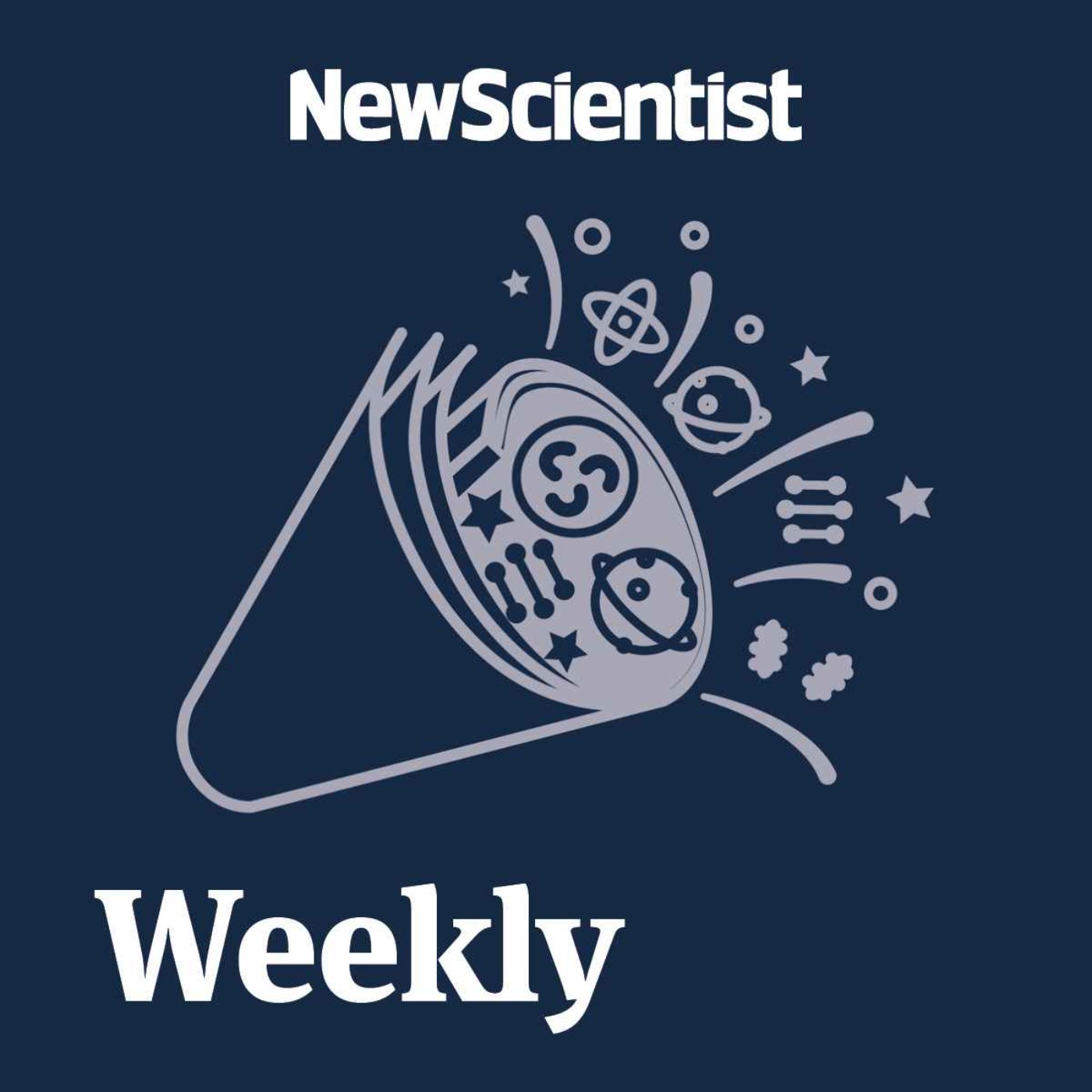
256. Weekly: Even more powerful gene editing than CRISPR; first moon samples from the far side; dangerous new mpox
23:17#256A new gene editing technique may be more powerful than CRISPR. Bridge editing is still in its infancy, but could be revolutionary for its ability to more specifically target gene substitutions. This method of altering DNA may let us create single treatments for gene mutations across large groups of people – something even CRISPR can’t do.China’s Chang’e 6 spacecraft has returned to Earth with samples from the far side of the moon – the first ever. Hear what the samples may tell us about this hard-to-study part of the lunar surface, plus what China is planning for its next big exploration missions.A dangerous new strain of mpox, formerly known as monkeypox, has been identified in the Democratic Republic of the Congo. A thousand cases have been reported since September and several hundred people have died. What makes this strain so dangerous and can it be kept under control?A fossil has been discovered that is thought to be a Neanderthal child who had Down’s syndrome. It’s estimated the child lived to at least 6 years old and may have received extra care from the community – more evidence that Neanderthals weren’t as brutish and unfeeling as thought.Plus: The kind of paper that’s most likely to give you a papercut; AI being trained to perform elegant chess moves; a creepy robot made with human skinHosts Timothy Revell and Christie Taylor discuss with guests Michael Le Page, Leah Crane, Alexandra Thompson and Chris Simms.To read more about these stories, visit newscientist.com.